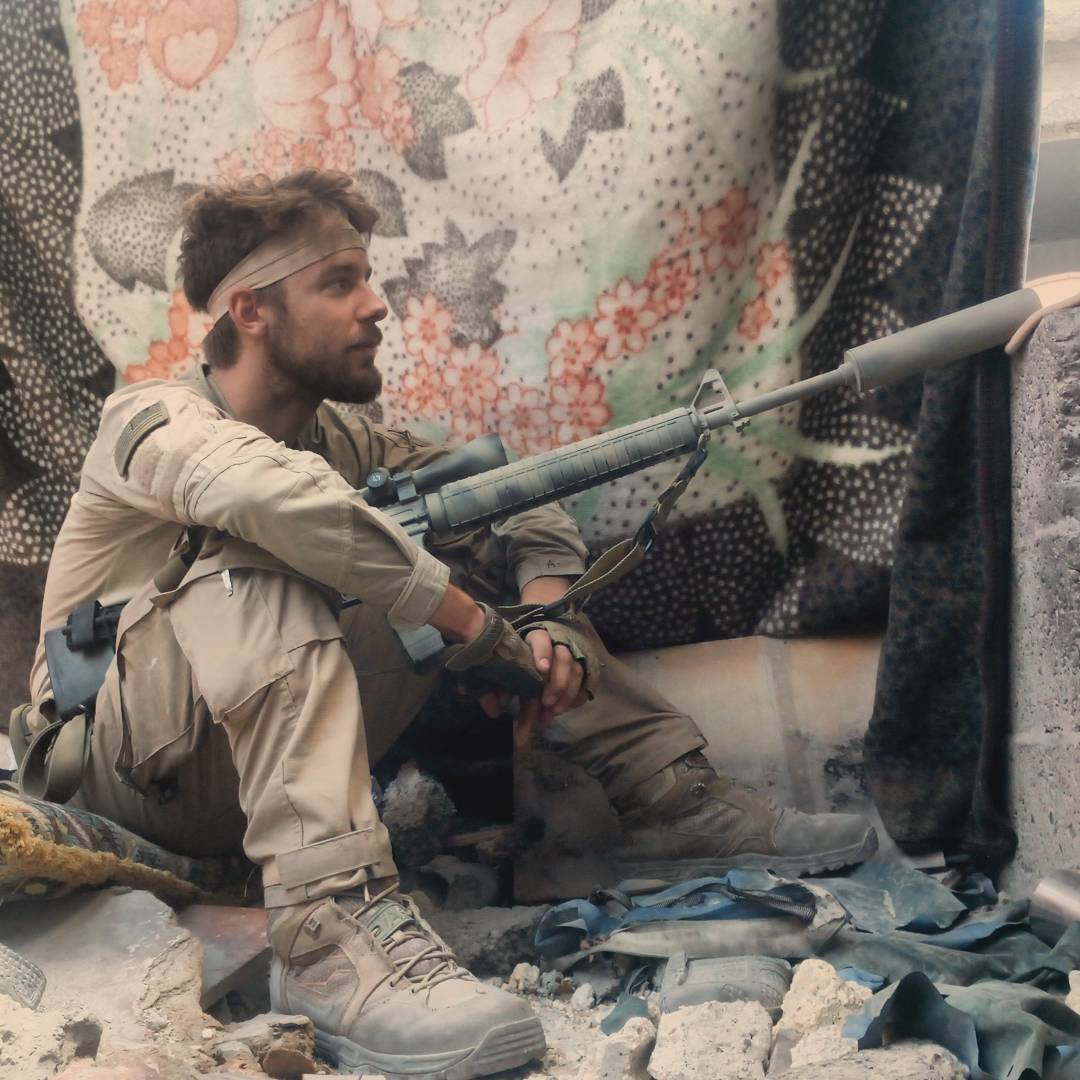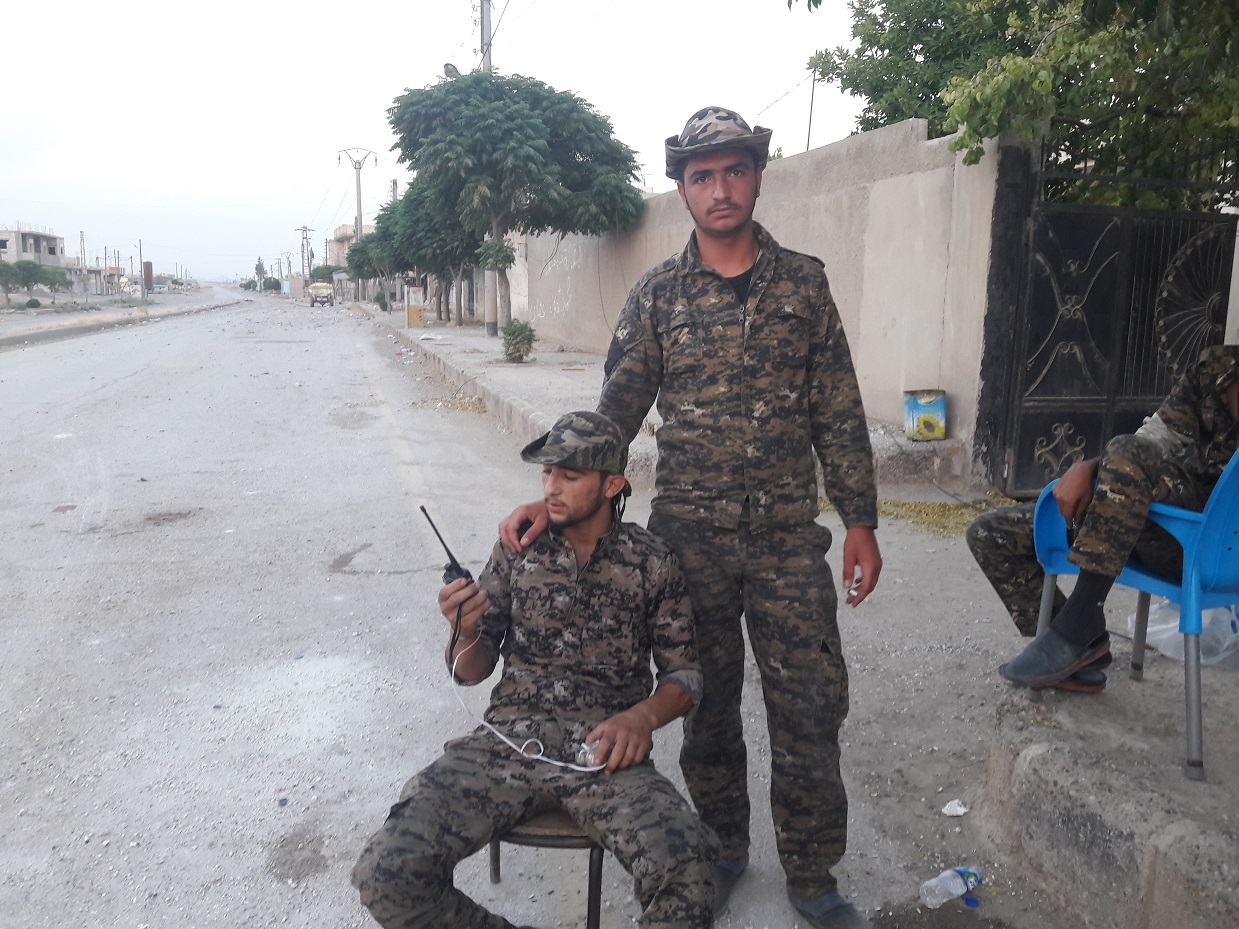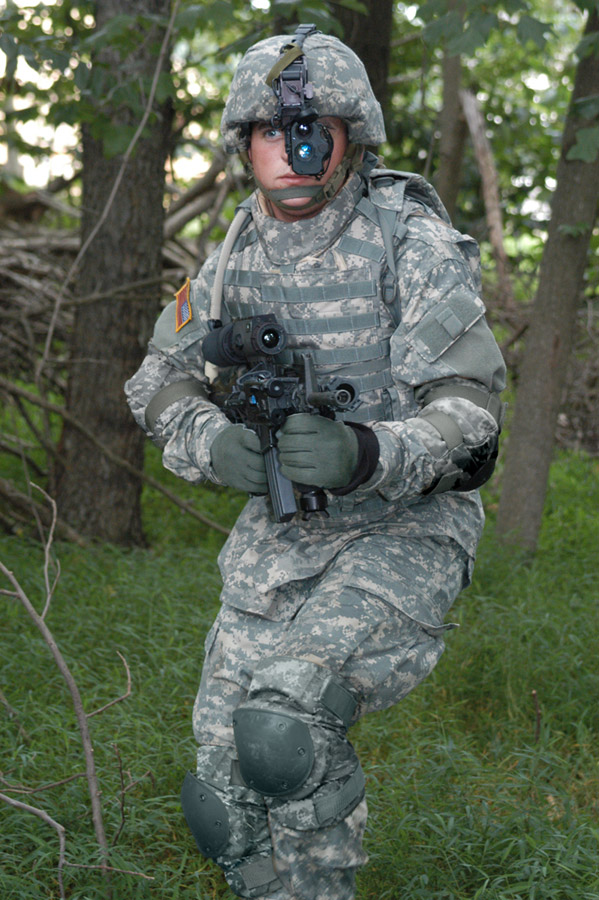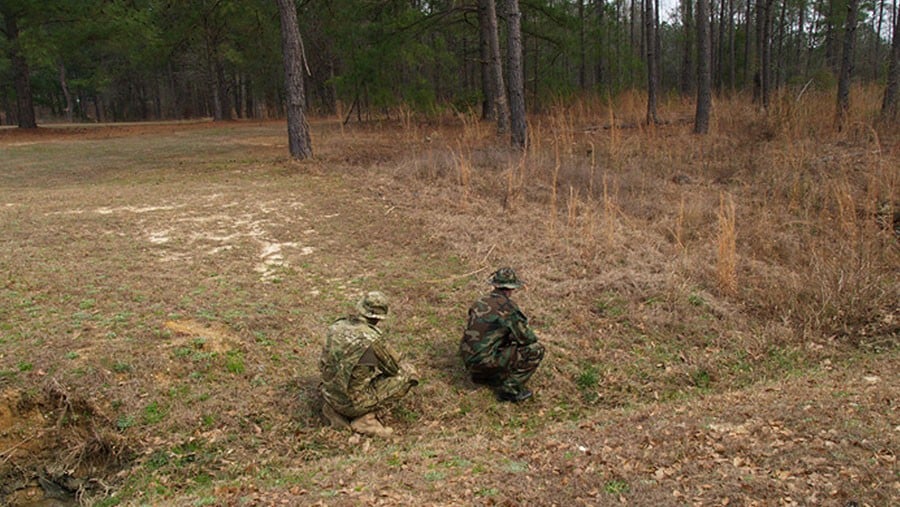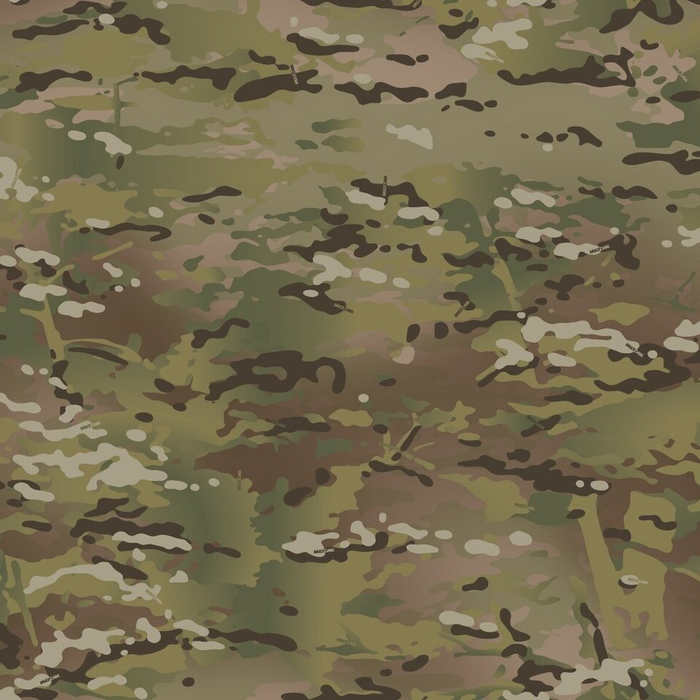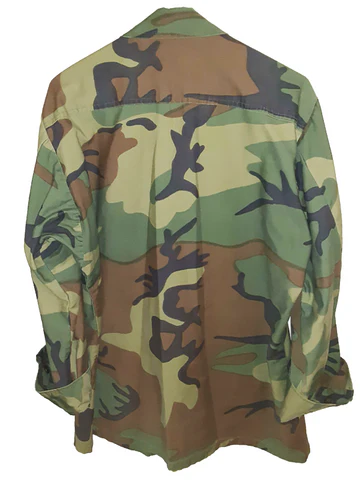“I donned my pack and made my way out of the open street – having made the decision early on that if I were to get shot and die from some sneaky Islamist, it wouldn’t be with my back-turned, held up in line behind some uncoordinated fat-ass. If I wasn’t moving, I was in cover, or at least a little better cover than the guy next to me. It was my perpetual goal to be the hardest bag-of-meat to shoot at any given time.”
– Me. Fighting ISIS for Free (unpublished)
I read all sorts of manuals, stories, and guides so that I would not die in war. What I’ve attempted to do here is boil it down to the few most important methods, from the perspective of modern warfare, and in forces that are possibly underfunded or asymmetric. Any real army will beat you upside-the-head with these in training.
1. Don’t go. If you aren’t in a war zone, your chances of dying go down drastically. Of course, that might not be possible, or you might want to go, nonetheless it must be mentioned. This is the first layer of our human survivability onion.
If you are unfamiliar with the survivability onion, it is a design principle for military tanks and ships. I’ll explain it simply and quickly to get it out of the way: The first layer of the onion is not to be seen, (not being there at all is a valid tactic for not being seen). If you are seen, the next strategy is not to be targeted. If you are targeted the next strategy is not to be hit. If you are hit, don’t be penetrated. If you are penetrated then don’t be killed. Focusing on these layers helps designers keep vehicles and their operators alive. The idea is to detach all presuppositions and focus on the main goal of survivability. So, we’re going to use a human survivability onion.
The first layer is still: do not be seen. If you are in a war zone, be –on an individual level– as invisible as possible. Sometimes, a show of force might be necessary; fire superiority, patrols, counter offensives. Still, risking your individual whereabouts is done at great peril to yourself. This could include exposing your shiny, sweaty skin by rolling up your sleeves or opening your collar; or pointing your glass optic toward the setting or rising sun (which can reflect for miles); or leaving signs of your existence, like poop, footprints, or pictures online. (As someone who’s posted pictures of themselves to the internet, I simply respond: know the time and place.)
2. If you are seen, are you able to be targeted? Can the enemy get their sights on you, or did they just see a blur through a window? Do they have a mortar shell to drop on your position, or are they limited to direct-fire?
To increase the chances you aren’t targeted, practice good concealment – camouflage, light discipline, noise discipline, military cresting, not wandering off, not taking obvious positions.
Combat is like hide and seek. And in modern combat, if you’re seen, you can almost always be shot. Put thought into how you can keep someone from targeting you after you have been seen. How fast can you get away if you take fire? How well does your camouflage hide your silhouette? Being seen doesn’t necessarily mean being successfully targeted.
3. If you are targeted, are you going to get hit? Are you in cover? Are you in the open where no one could get to you if you need to get dragged out? Are you standing right up next to your buddy as a rocket lands at your feet?
Think of your placement while moving. Imagine where the enemy might be looking at you from, and who would be his juiciest target. Try not to be that guy. If you expect close contact, don’t get so separated from your team that you can’t communicate. And if you expect indirect-fire, air-power, or mines, space out enough so one piece of ordnance doesn’t cripple many men at once.
Do everything you can to not be hit if you are targeted. To add nuance, there may be an instance where you do want to be targeted. Say someone on your team needs to get a rocket off, or you need to draw machine gun fire that is pinning another team. Getting yourself targeted in those cases might be the best option for your survival, in the grand scheme.
4. You’re shot, don’t die. Can your team recover you? Were you wandering off? Do you have what you need to treat your bleed, or sucking chest wound, or choked airway? Did you have armor on? Were you wearing it correctly or was it two-inches low, and now you’re gonna die from a shot through the clavicle? This is what all the gear is for, and why you need to practice with it.
Get medical training for at least the big things – tourniquets, chest seals, spinal immobilization, chest decompression, airways, resuscitation. If you don’t recognize one or more of the things I just mentioned, you definitely need more training. And if you are in a foreign, shit-show army without medics, you 1000% need more training; and your teammates need you to train them too.
6. If you do survive combat and make it home, find somewhere you belong. I’ve lost as many friends to loneliness as I have to bombs. What war provides, while you’re in it, is a purpose. You have community; people relying on you; those that need you even if it’s because they have no other choice. Our modern society lacks this. What you are looking for is group belonging, even the most solitary of you – like myself. Do anything other people can value you for. Join a fucking kickball team.
Your brain was designed to organize in tribes, to work and to play. It was designed for hunting and crafting; for throwing spears or shooting arrows. It was not designed for TNT, mortars, or supersonic bullet-cracks. It was also not designed for commutes to the office, social isolation, or sacrificing your time on earth for GDP growth.
Having no purpose/belonging is the most dangerous risk to your life.
